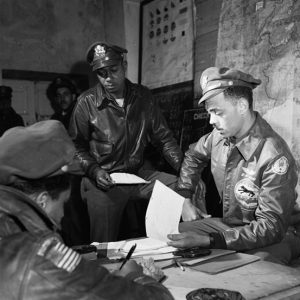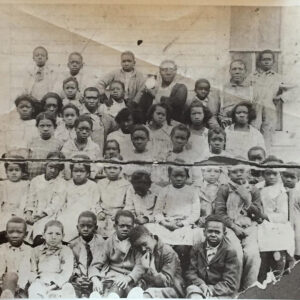Race and Ethnicity: African American - Starting with O
Oaks Cemetery
Oats, Presley (Lynching of)
Oliver, Dan (Lynching of)
One-Drop Rule
aka: Act 320 of 1911
aka: House Bill 79 of 1911
Original Tuskegee Airmen
aka: Tuskegee Airmen, Original
 Original Tuskegee Airmen
Original Tuskegee Airmen
Owen, Hurley (Lynching of)
 Silas Owens
Silas Owens
Owens, Silas
Owens, William (Execution of)
 Ozan Students
Ozan Students




